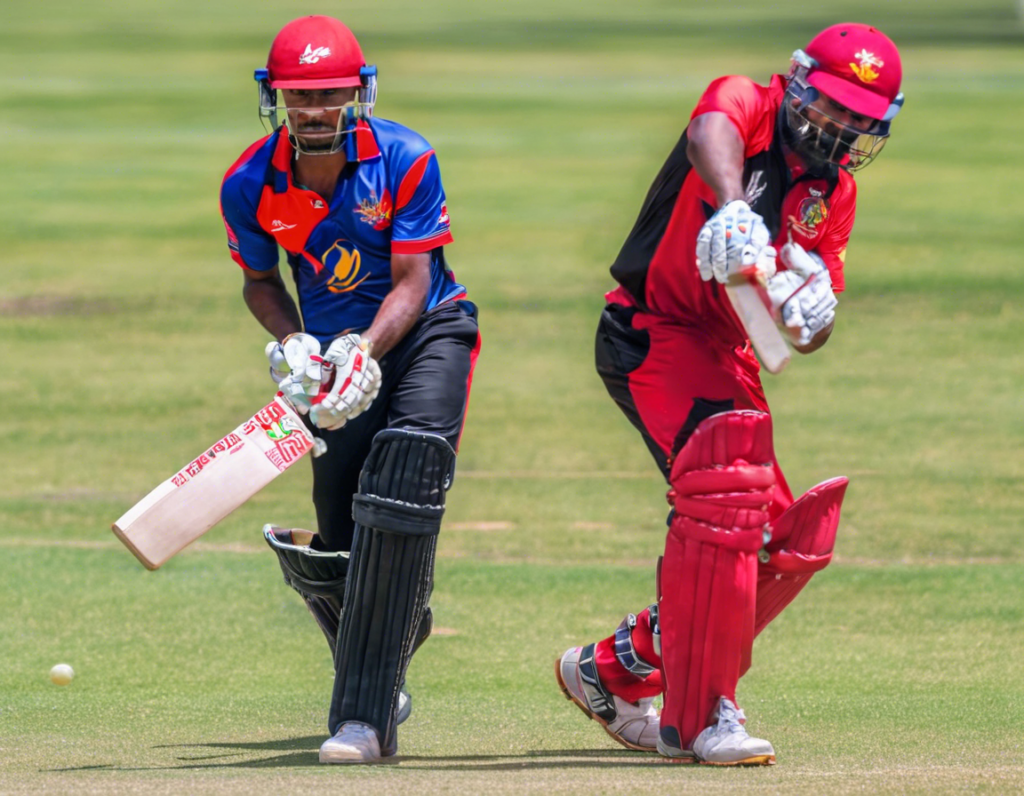Colorful Celebrations: Happy Holi!
Holi, also known as the festival of colors, is a vibrant and joyous celebration observed by Hindu communities worldwide. This ancient festival has its roots in Hindu mythology and signifies the victory of good over evil, the arrival of spring, and the blossoming of love. The holiday is marked by a variety of colorful rituals, including the throwing of colored powders and water, singing and dancing, and indulging in festive foods and sweets. In this blog post, we will explore the significance of Holi, its traditions and customs, and how it is celebrated across different regions.
The Significance of Holi
Holi is celebrated on the full moon day in the Hindu month of Phalguna, which usually falls in March. The festival is associated with various mythological tales, the most popular being the legend of Holika and Prahlad. According to the story, Holika, the sister of the demon king Hiranyakashipu, tried to burn Prahlad, a devotee of Lord Vishnu. However, Prahlad’s devotion saved him, and Holika was burnt instead. This event symbolizes the victory of good over evil.
Another legend associated with Holi is the love story of Radha and Krishna. According to folklore, Lord Krishna, known for his playful nature, used to play pranks on Radha and other gopis by drenching them in colored water. This tradition has evolved into the joyful celebration of throwing colors during Holi.
Preparations and Rituals
The festivities of Holi begin weeks before the actual day of celebration. People clean their homes, purchase new clothes, and prepare special dishes and sweets. One of the most iconic rituals of Holi is the Holika Dahan, where a bonfire is lit to symbolize the burning of evil spirits. The next day, known as Rangwali Holi, is when people come together to play with colors, sing and dance, and enjoy traditional delicacies.
Regional Variations
Holi is celebrated in various ways across different regions of India and around the world. In North India, especially in the Braj region, the birthplace of Lord Krishna, Holi is celebrated with great fervor. The traditional Lathmar Holi of Barsana and Nandgaon, where women playfully hit men with sticks, is a highlight of the festivities.
In South India, Holi is known as Kamudu Kamudu in Andhra Pradesh and Telangana, where people build bonfires and sing songs praising the gods. In Maharashtra, the festival is called Rang Panchami, celebrated on the fifth day after the full moon.
Safety and Environmental Concerns
While Holi is a joyous occasion, it is essential to celebrate it responsibly. Many commercial colors contain harmful chemicals that can cause skin allergies and damage the environment. To ensure a safe and eco-friendly celebration, opt for organic colors made from natural ingredients like turmeric, beetroot, and marigold flowers. Additionally, encourage water conservation by using dry colors or limited amounts of water during the festivities.
Embracing Unity and Diversity
Holi is not just a Hindu festival but a celebration of unity and diversity. In recent years, the festival has gained popularity globally, with people of all backgrounds coming together to partake in the colorful revelry. Holi events and parties are held in many cities worldwide, fostering a sense of community and spreading the message of love and inclusivity.
Holi FAQs
-
What is the origin of the festival of Holi?
Holi has its roots in Hindu mythology and is associated with various legends, including the tale of Holika and Prahlad. -
How is Holi celebrated in different regions of India?
Holi celebrations vary across India, with unique customs like Lathmar Holi in Uttar Pradesh and Rang Panchami in Maharashtra. -
What are some traditional foods eaten during Holi?
Traditional Holi delicacies include gujiya, mathri, puran poli, thandai, and other sweets and snacks. -
How can I celebrate a safe and eco-friendly Holi?
Opt for organic colors, avoid wastage of water, and ensure the well-being of animals during the celebrations. -
Is Holi only celebrated by Hindus?
While Holi has its roots in Hinduism, people of all backgrounds and religions participate in the festivities worldwide.
In conclusion, Holi is a colorful celebration that embodies the spirit of joy, love, and togetherness. By understanding the significance of the festival, embracing its traditions, and celebrating responsibly, we can truly experience the magic of this vibrant occasion. Whether you partake in the playful throwing of colors or enjoy the festive feasts, Holi is a time to create lasting memories and strengthen bonds with family and friends. Wishing you a Happy Holi filled with color, laughter, and love!


0 Comments